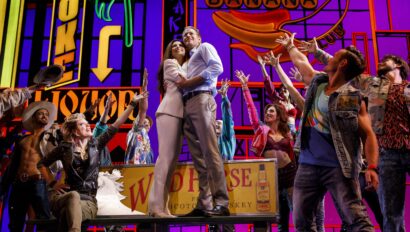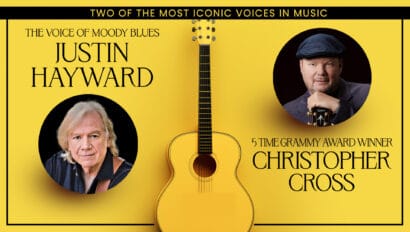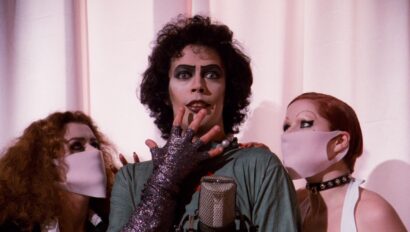Behind the Scenes with A Christmas Carol Music Director Tim Evans
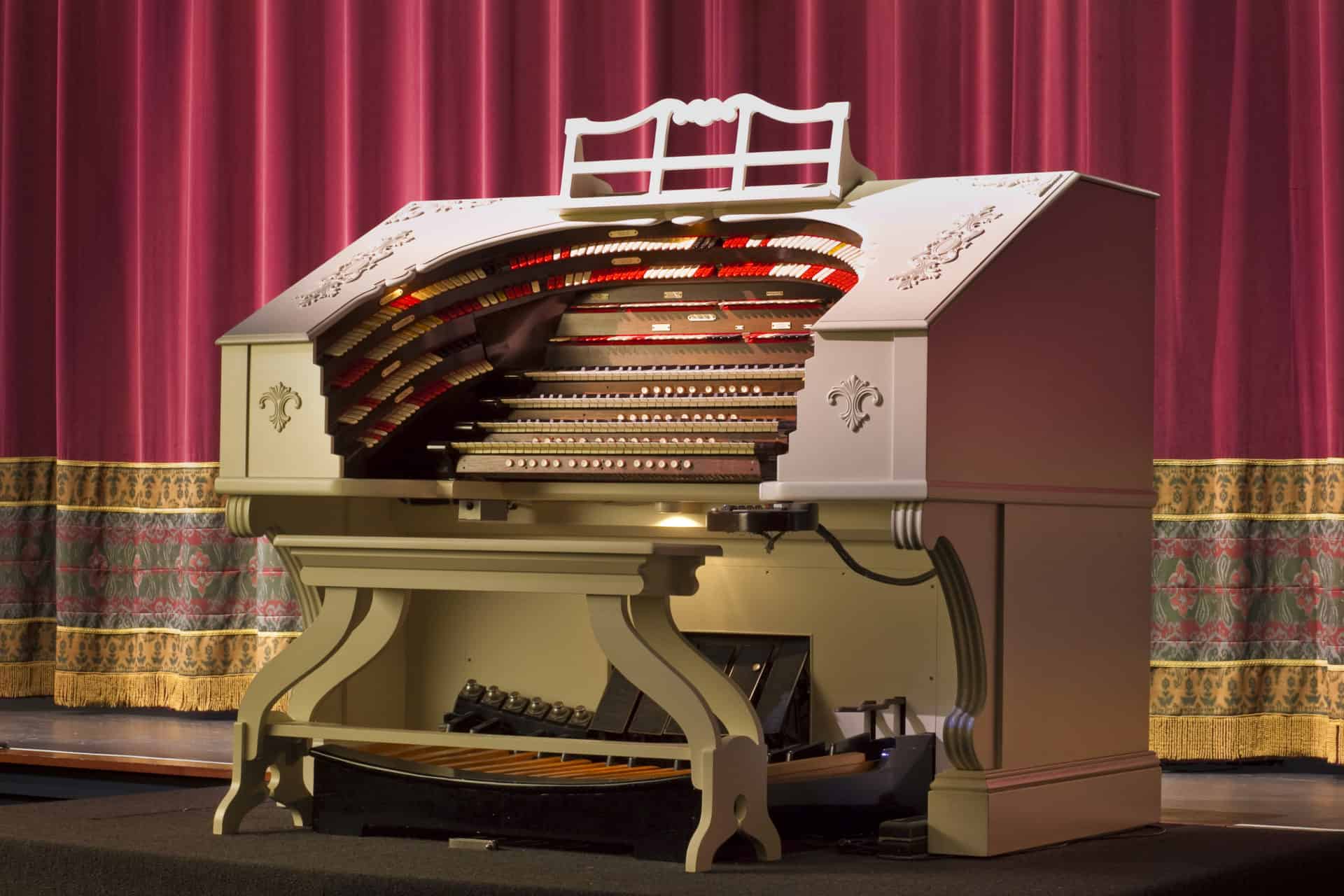
Lisa Condit sits down with A Christmas Carol’s music director, Tim Evans, to discuss what the job entails for a large scale production in this throwback interview from 2012. Read on for highlights from the interview, or listen to the full interview below. Then tune in to Talk of the Commonwealth with Hank Stolz on WCRN 830AM Fridays at 9 AM and Saturdays at 1 PM for more behind-the-scenes interviews.
Lisa: Welcome back to Behind the Scenes at The Hanover Theatre for the Performing Arts. This is Lisa Condit and I’m here with Tim Evans, one of the coolest guys you’ll ever meet. Not only can he direct music, but he can play the organ. We’ve had the pleasure of hearing him many different times at some of our special organ events. But also, he’s a music director for A Christmas Carol. He breathes new life into this story every year. Tim, how are you?
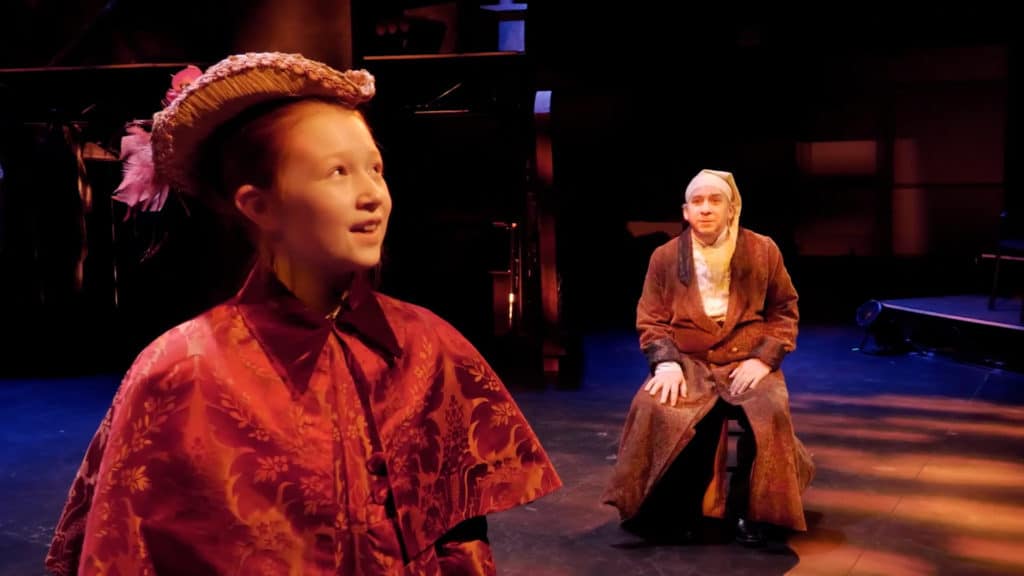
Tim: I’m very well, thank you.
Lisa: Tim, when is the first time you had met our creative crusader and director of A Christmas Carol, Troy Siebels?
Tim: I met Troy many years ago when we worked together in Stoneham. I was pleasantly surprised when I heard that he was involved in the renovation of The Hanover Theatre. I was very excited and hopeful to be a part of shows and events happening there.
Lisa: So, you were a part of A Christmas Carol long before it came to The Hanover Theatre?
Tim: Actually, I had never been involved with A Christmas Carol until it came to The Hanover Theatre.
The prospect of using The Wurlitzer Organ in the production was very exciting and intriguing to me, and it has always been such a creative part of the production.
Tim Evans
Lisa: For people who aren’t really familiar with an organ, a lot of people think “church music.” They couldn’t be more wrong, right? What are some of the ways that the organ can really add that richness and depth that you go for?
Tim: The Wurlitzer Theater Organ was historically used as a part of productions during vaudeville and really was considered a one-person orchestra. All of the sounds of the orchestra can be used, including chimes, bells, bass drums, tambourines and triangles. The versatility of the organ is such that it can make very small and sweet sounds, and huge and bombastic sounds that’ll just about peel the wallpaper off the walls.
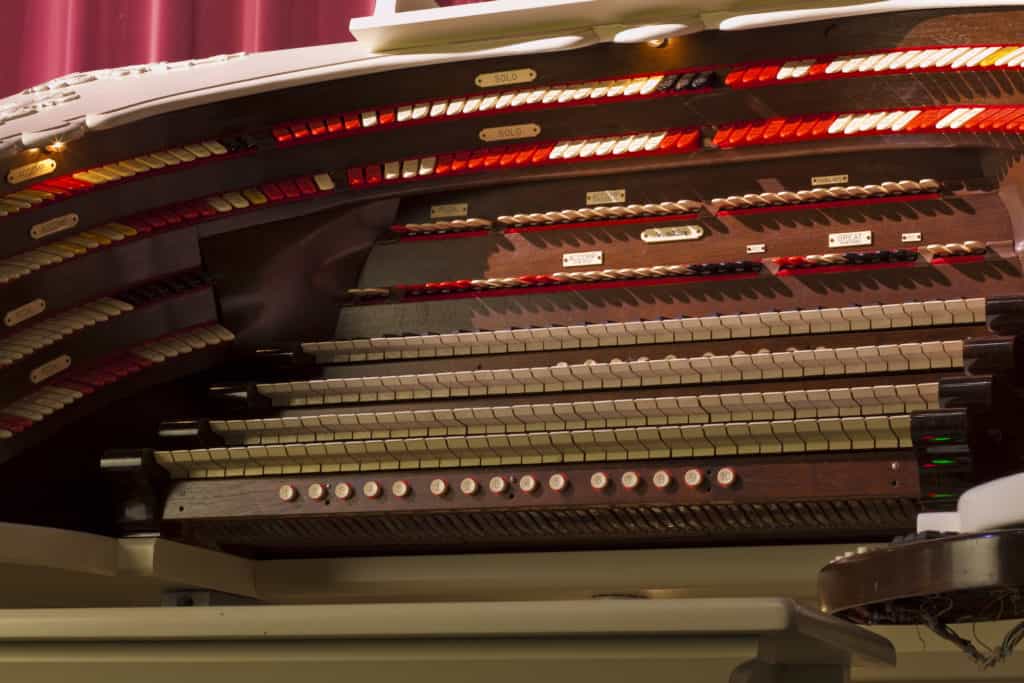
Lisa: It’s incredible. The breath of emotion that A Christmas Carol has in it, from some very dark, serious and eerie times all the way to joy.
Tim: Yes! Again, the versatility of the instrument and of the actors to be able to portray all of those emotions. One of the most poignant moments during the show, for me, is when the Spirit of Christmas Past sings “In the Bleak Midwinter.” It’s very intimate, sweet and tender. Then, of course, the appearance of Christmas Yet to Come and the appearance of [Jacob] Marley and all of the events being so dramatic and sinister. It’s all very exciting and all different levels of emotion.
Lisa: But then we’ve got happy sounds, like the horse clopping of the hooves, right?
Tim: Yes, all of that! One of the things I always enjoy is the prelude before the show begins that gives me an opportunity to highlight the instrument from the sounds of the hooves, jingle bells and all kinds of different holiday sounds coming out of the [organ].
Lisa: You know what’s amazing to me? A lot of those scenes on the London streets. First of all, the set is amazing and we’ll talk about that in a little while. But, the people in the cast who are just singing these beautiful carols… What are some of the carols that we hear?
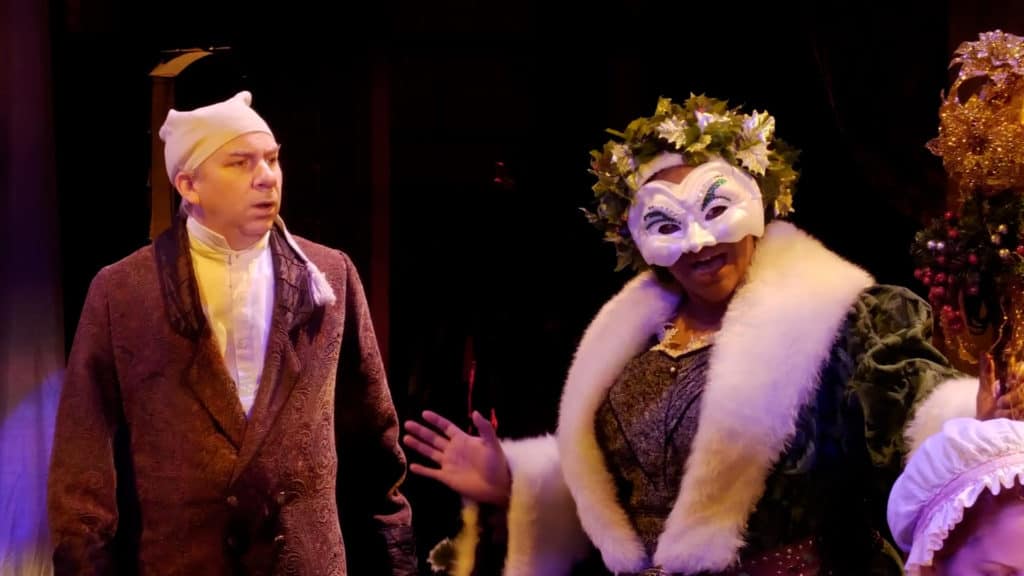
Tim: Some of the carols are English in origin. “Ding Dong Merrily on High,” “Deck the Halls” and a lot of traditional carols, some that people may not be as familiar with. One of the most challenging songs is “The Wassail Song” that is sung in Fezziwig’s shop. All of that is done a cappella, only the voices, and it’s a full dancing number that is very exciting. I’m always very impressed at the cast that they’re able to sing that heartily and dance that energetically. It’s a wonderful thing.
Lisa: It truly is. Take us through the process from your perspective as a music director. I’m sure you sat down and talked to Troy about what he was envisioning, I’m sure you did your homework and figured out what would be the appropriate music from the historical period, but what happens next and how long does it take?
Tim: The entire rehearsal process is about two weeks, but the process starts much before that with casting. That’s determining what kind of characters we’re looking for and how the actors fit into telling that story. It also involves their vocal ranges, who we need as tenors and who we need as sopranos, and all of that comes together.
When we sit down at the first rehearsal, it involves fitting all of those characters and voices into the infrastructure that exists in the music. It is a creative process; for instance, this year [in 2012] we have somebody who is playing the violin, so they’re actually playing the fiddle part during the “Wassail” scene we talked about before. We utilize the casts’ individual talents to tell the story.
Tim Evans
Lisa: It’s so wonderful. I love that you incorporate people’s music abilities into this as well in a very appropriate way, it’s extremely cool. What’s your favorite part of the whole [production]? That’s a big question, but I know you have a good answer.
Tim: It is a big question. My favorite part, I think, is the story of the transformation of Scrooge, how we tell that story and establish his crankiness at the beginning and the change that happens. Every year, people say “Oh, you’re doing the show again. It must be repetitive.” It never is for me! It’s always exciting to see the story unfold and be told in terms of the music, and the cast and their individuality and what they bring to it.
Lisa: It’s truly special and it gets better and better every year. The first year was amazing but I can’t even wait to see you bring this year.
Tim: I’m excited to see it, too.
Lisa: Tim, any words of wisdom for anybody who’s starting out and is thinking, “It sounds interesting. How do I become a musical director?”
Tim: Well, work hard! Also, to work towards creative solutions to challenges that come along. When you think, “How am I going to make this work?”, try and think differently. That is one of the things that we were able to do with the production at The Hanover Theatre; we had this great possibility of this instrument, the Mighty Wurlitzer Organ, and I don’t think [A Christmas Carol] is being done like this anywhere else. It really is a unique and very special application of a wonderful instrument to a wonderful production.
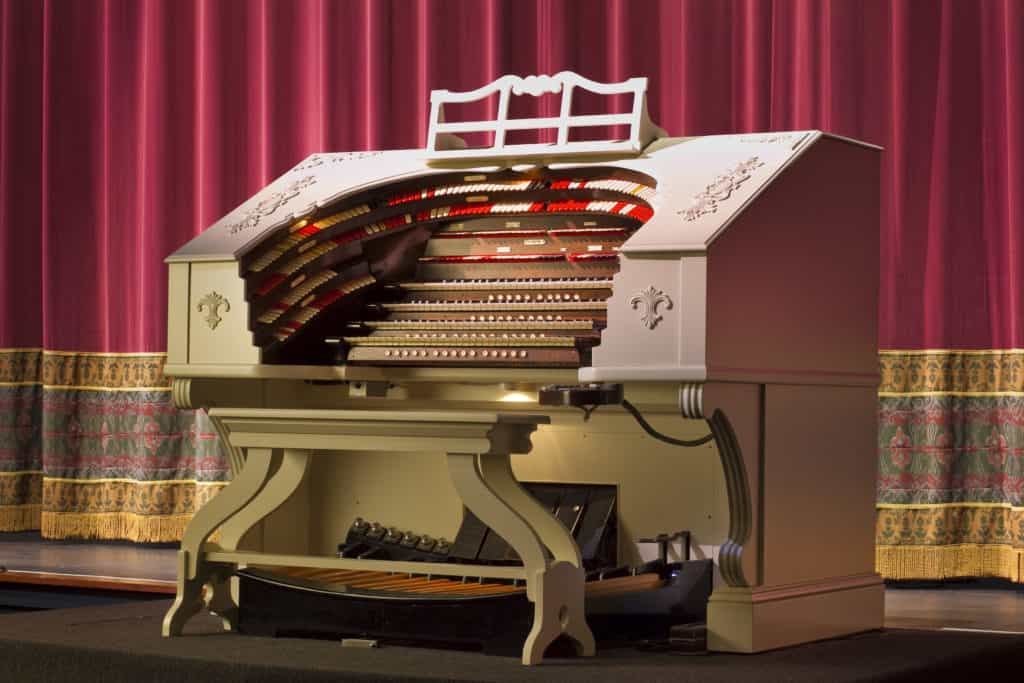
Lisa: Absolutely. You touched one of my favorite things about working at The Hanover Theatre, and that is being surrounded by creative thinkers and problem solvers. Thank you for being a part of the team and we cannot wait to see your music and everybody singing on stage. We’ll applaud you heartily on The Mighty Wurlitzer!
Tim: Thank you, thank you! I’m excited to be a part of this every year.
Lisa: Great! I’ll see you soon and thanks again for joining us.
Tim: Thank you very much.
